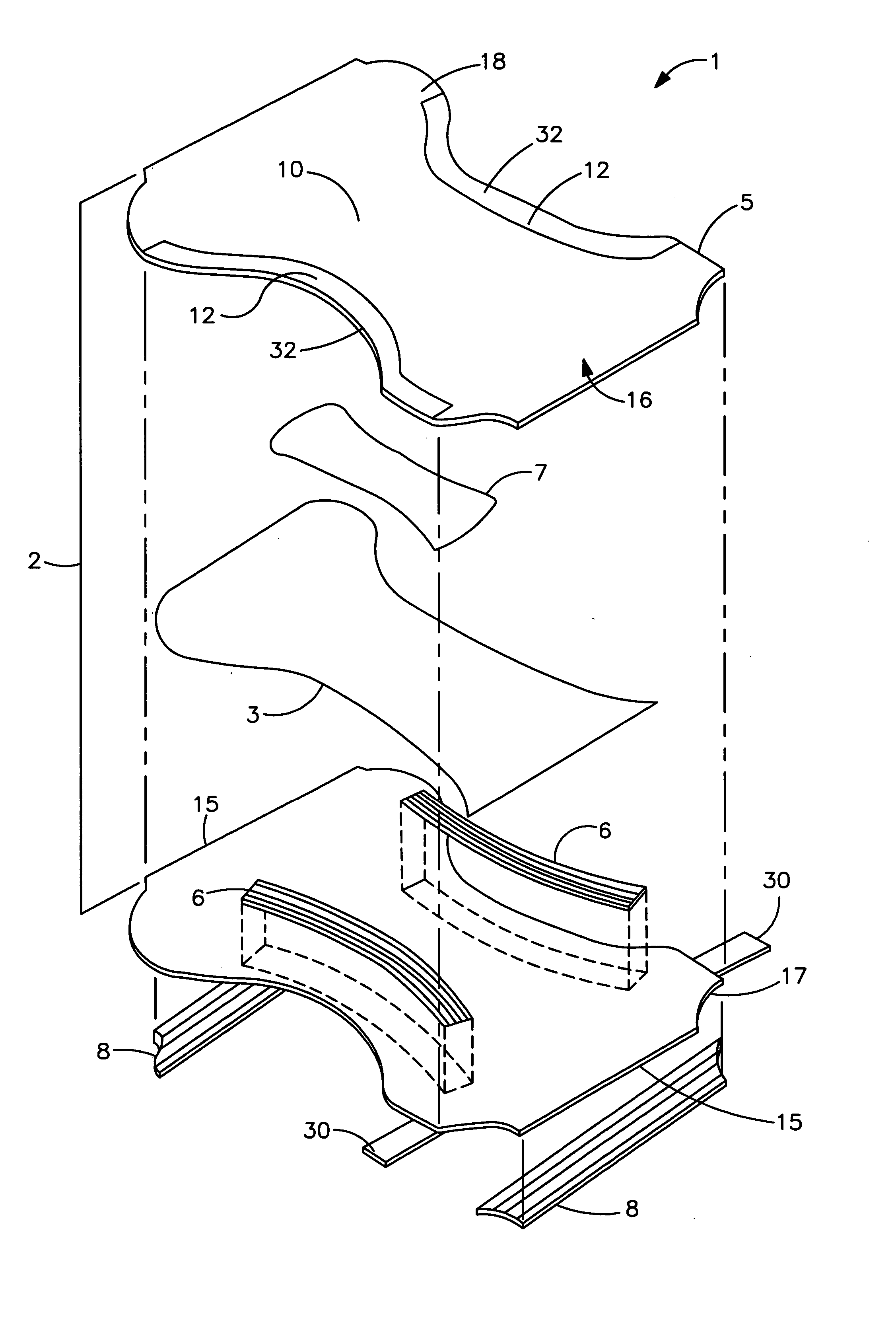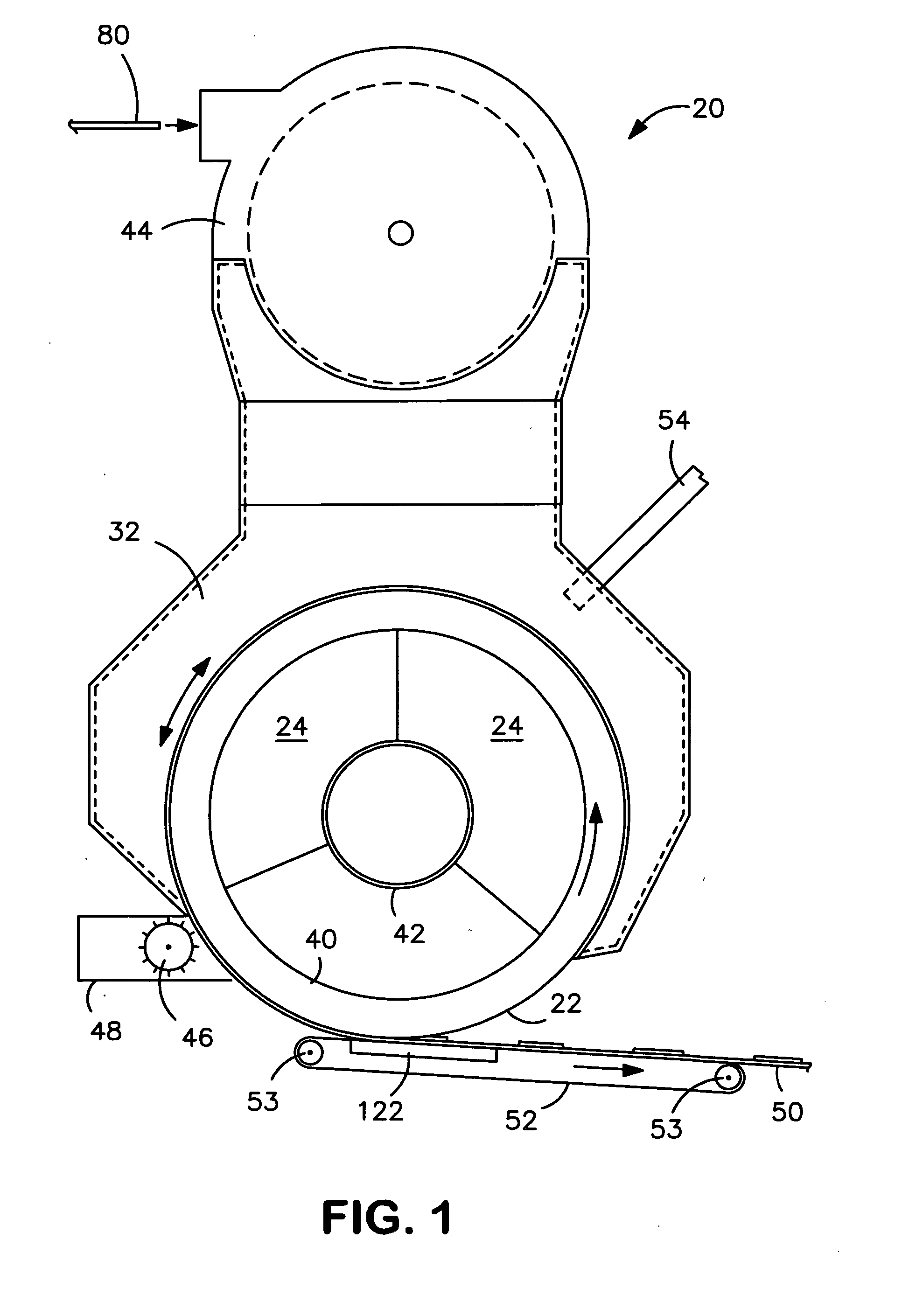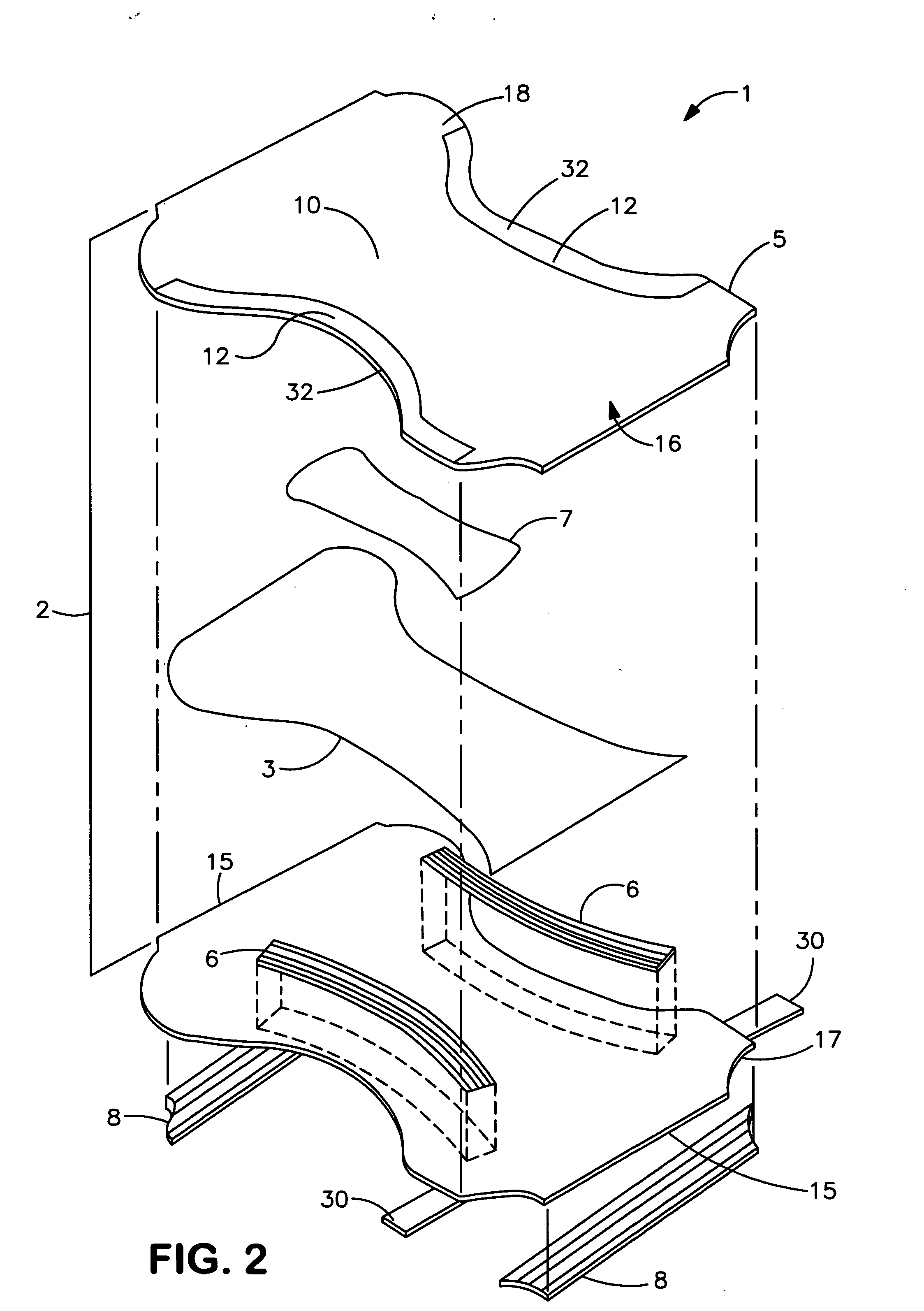Absorbent articles with improved odor control
a technology of odor control and absorbent articles, which is applied in the direction of boron compounds, phosphorus compounds, silicon compounds, etc., can solve the problems of increased process complexity, difficulty in retaining loose particles in the desired location for efficacy, and may aris
- Summary
- Abstract
- Description
- Claims
- Application Information
AI Technical Summary
Benefits of technology
Problems solved by technology
Method used
Image
Examples
example 1
[0063] Modified silica particles were prepared for treatment of a pulpsheet. The silica particles were Snowtex-OXS, which are colloidal silica nanoparticles commercially available from Nissan Chemical America of Houston, Tex. The particles have an average particle size of between 4 to 6 nanometers and a surface area between 200 to 500 square meters per gram as measured using the BET (Brunauer, Emmett and Teller) method. The silica particles were modified with a transition metal as follows. A solution of Snowtex-OXS (324 grams SiO2, 3.62×10−3 moles SiO2 particle, about 3 liters of Snowtex-OXS stock solution) was diluted with a solution of NaHCO3 (13.44 grams NaHCO3 in 500 milliliters water, 0.04 molar final concentration for 4 liters) until the pH was about 8. A solution of iron (III) chloride hexahydrate (FeCl3.6H2O) (97.9 grams, 0.362 moles) in water (500 milliliters) was added to the Snowtex-OXS solution via an addition funnel with vigorous stirring. The final silica concentration...
example 2
[0064] NB-416 southern softwood pulpsheet (available from Weyerhaeuser Co. of Federal Way, Wash.) was treated with the particle solution of Example 1. Specifically, the solution was sprayed onto both sides of NB-416 pulpsheet to attain 45.9 milligrams iron-coated silica particles per gram of pulp. The treated pulpsheet was dried at 50° C. overnight. The treated pulpsheet was then fiberized using a Kamas Laboratory Hammermill, Model H-01 pulp fiberizer to form fluff pulp.
example 3
[0065] Modified silica particles were prepared for treatment of a superabsorbent material. The silica particles were Snowtex-OXS, which are colloidal silica nanoparticles commercially available from Nissan Chemical America of Houston, Tex. The particles have an average particle size of between 4 to 6 nanometers and a surface area between 200 to 500 square meters per gram. The silica particles were modified with a transition metal as follows. A solution of Snowtex-OXS (216 grams SiO2, 2.41×10−3 moles SiO2 particle, ˜2 liters of Snowtex-OXS stock solution) was diluted with a solution of NaHCO3 (13.44 g NaHCO3 in 1 liter, 0.04 molar final concentration for 4 liters) until the pH was about 8. A solution of iron (III) chloride hexahydrate (FeCl3.6H2O) (65.25 grams, 0.241 moles) in water (1 liter) was added to the OXS solution via an addition funnel with vigorous stirring. The final silica concentration was 5% wt / wt. The iron coated silica particle solution turned light orange after the a...
PUM
| Property | Measurement | Unit |
|---|---|---|
| wt. % | aaaaa | aaaaa |
| wt. % | aaaaa | aaaaa |
| wt. % | aaaaa | aaaaa |
Abstract
Description
Claims
Application Information
 Login to View More
Login to View More - R&D
- Intellectual Property
- Life Sciences
- Materials
- Tech Scout
- Unparalleled Data Quality
- Higher Quality Content
- 60% Fewer Hallucinations
Browse by: Latest US Patents, China's latest patents, Technical Efficacy Thesaurus, Application Domain, Technology Topic, Popular Technical Reports.
© 2025 PatSnap. All rights reserved.Legal|Privacy policy|Modern Slavery Act Transparency Statement|Sitemap|About US| Contact US: help@patsnap.com



